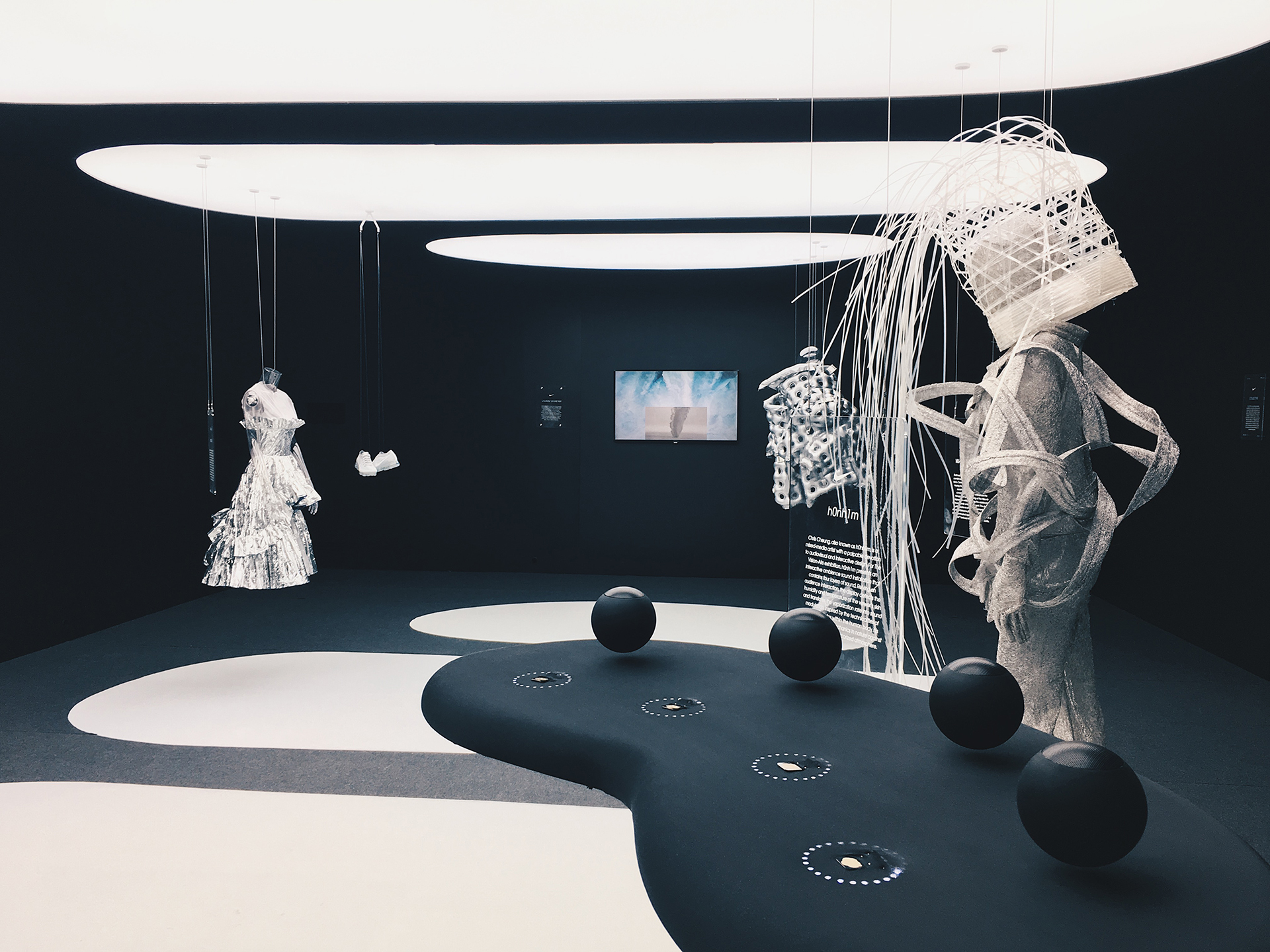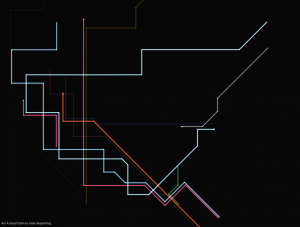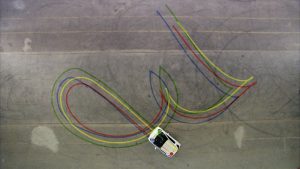Sha Hwang is an information designer who is working to improve the government at Nava. He founded Meshu, Motivity and worked for Trulia. He started by studying architecture, then animation, modeling and finally data visualization. His works are amazing, but his personality is what made him more successful. In the video, he said: “ I do not have much, but I have enough to give someone space, time to breath.” He knows what is right and does his best to support those rights. He mentioned his mother and her influence on him. He talked about lighting and how it searches for the ground similar to how someone can live one’s life and search for the “one thing” to do. He is inspiring, so as his artwork.
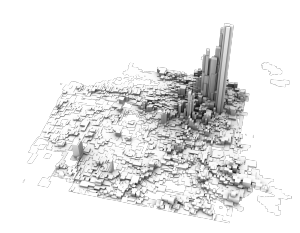
I am doing a mapping project in the studio now. Sha’s mapping methods allow me to think more out of the box. His mapping methods are simple, visually attractive, and more importantly, conveying the information effectively. There are 2D graphics, 3D representations, animations and more. My favorite project from his website is the Photo Reel, which is a collage. He combined 2D collage with computation interaction. I think that is innovative.
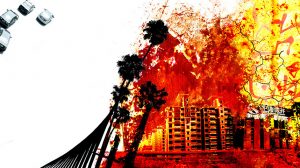
![[OLD FALL 2018] 15-104 • Introduction to Computing for Creative Practice](../../../../wp-content/uploads/2020/08/stop-banner.png)
